Zoom
Trash

About the Licences. What is a CC licence?

The CC licences provide a simple standardised way for individual creators, companies and institutions to share their work with others on flexible terms without infringing copyright. The licences allow users to reuse, remix and share the content legally. Offering your work under a Creative Commons licence does not mean giving up your copyright. It means permitting users to make use of your material in various ways, but only on certain conditions. Licence terms: baseline permissions and core conditions. 3000+ free stock footage, free stock video. 10 Awesome Places to Find Background Music for Video. 25 websites to find original free stocks photos.
Digital photos.
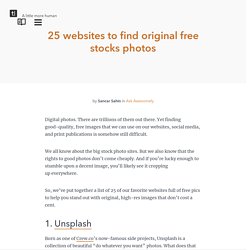
There are trillions of them out there. Yet finding good-quality, free images that we can use on our websites, social media, and print publications is somehow still difficult. We all know about the big stock photo sites. Collections. Search tools for sounds. Here’s my short survey of some of the current search options for free sounds.
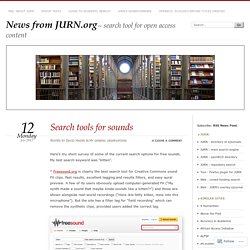
My test search keyword was “kitten”. * Freesound.org is clearly the best search tool for Creative Commons sound FX clips. Fast results, excellent tagging and results filters, and easy aural preview. A few of its users obviously upload computer-generated FX (“My synth made a sound that maybe kinda-sounds like a kitten?!”) And those are shown alongside real-world recordings (“Here ikle-bitty kitten, mew into this microphone”). It’s also good to see that a potential tidal-wave of “samples” and “beats” — extracted from music or synths — have not been allowed to swamp freesound.org.
Content at Freesound.org is hosted locally, which means it’s a big community like OpenClipArt, rather than a search tool like Google Images + Creative Commons filters. . * Archive.org : Audio Archive currently stands at 3.4m items, but overwhelmingly it’s music, radio, podcasts and sermons. Site:tcrf.net Audio cat. Music industry pressure leads to Govt. rethink on copyright - The Industry Observer. Following criticism that the government did not conduct reasonable consultations with the music industry and certain stakeholders, the Turnbull Government’s copyright reform Bill has been hit with a setback.
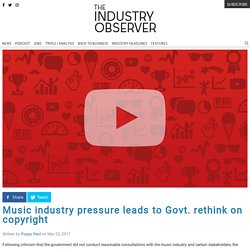
Schedule 2 of the Copyright Amendment (Disability Access and Other Measures) Bill 2017, which included the proposal to expand safe harbours – and royally mess with artists’ rights – was dropped before an introduction to parliament yesterday. The music industry had been lobbying to have the Bill go through to parliament, with the exclusion of Schedule 2, which relates to the expansion of safe harbours. Creative Commons License Chooser - Google Docs add-on.
Copyright shake-up: What you see and hear could be about to change. Australia's copyright laws would be dramatically simplified, the collecting agency placed on probation, and small copyright owners given a forum in which to take on big corporations under a series of sweeping recommendations to be tabled by the government on Tuesday.
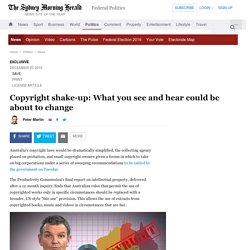
The Productivity Commission's final report on intellectual property, delivered after a 12-month inquiry, finds that Australian rules that permit the use of copyrighted works only in specific circumstances should be replaced with a broader, US-style "fair use" provision. This allows the use of extracts from copyrighted books, music and videos in circumstances that are fair. This is a modal window. This modal can be closed by pressing the Escape key or activating the close button. Caption Settings Dialog Beginning of dialog window. It’s official: geo-dodging is a good thing. The Productivity Commission has called for law reform to make it clear VPN use is legal.
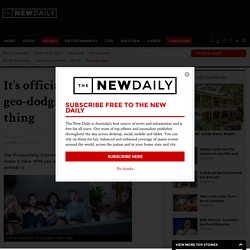
The Prime Minister says it already is. If you’re the sort of person who feels guilty about accessing to your favourite TV series using a Virtual Private Network (VPN) to get around geo-blocking arrangements, stop worrying. You’ve got some big hitters on your side. Productivity Commission’s copyright recommendations welcomed by Australia’s schools, universities, libraries and technology companies. The Australian Digital Alliance (ADA) welcomes the sensible and much needed proposals for changes to Australia’s copyright law contained in the draft report of the Productivity Commission’s Intellectual Property Arrangement Inquiry, which was released today.
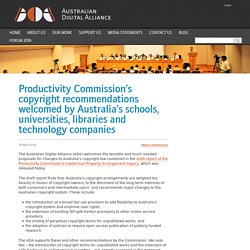
The draft report finds that “Australia’s copyright arrangements are weighed too heavily in favour of copyright owners, to the detriment of the long-term interests of both consumers and intermediate users” and recommends major changes to the Australian copyright system. These include: the introduction of a broad fair use provision to add flexibility to Australia’s copyright system and enshrine user rights; the extension of existing ISP safe harbor provisions to other online service providers;the ending of perpetual copyright terms for unpublished works; andthe adoption of policies to require open access publication of publicly funded research.
The ADA supports these and other recommendations by the Commission. NYPL Release 187k Public Domain Images in Hi-Res. Last week (5th January 2016) the New York Public Library announced the release of more than 187,000 digitisations of public domain works, all available for hi-res download completely free from restrictions.
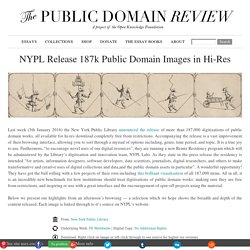
Accompanying the release is a vast improvement of their browsing interface, allowing you to sort through a myriad of options including, genre, time period, and topic. It is a true joy to use. Furthermore, “to encourage novel uses of our digital resources”, they are running a new Remix Residency program which will be administered by the Library’s digitisation and innovation team, NYPL Labs. As they state in the press release the residency is intended “for artists, information designers, software developers, data scientists, journalists, digital researchers, and others to make transformative and creative uses of digital collections and data,and the public domain assets in particular”.
CC BY-ND user is free to reproduce, distribute, distribute, display and perform the work in public.
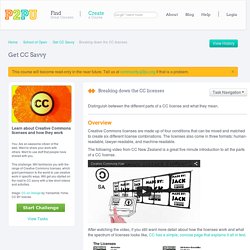
State Library Victoria. Illustration Archive. The 10 Best Sources Of Free, Beautiful Images. If you are a business owner, software designer, app developer or any person who needs free stock images, then you probably have often got headaches finding good image sources.
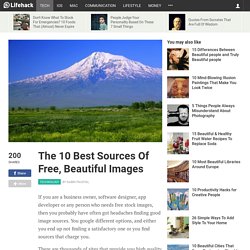
CCforFlippedEducators_FINAL.pdf. Explore our digital image pool. Collections. 14 Amazingly Free Stock Photo Websites. If you've ever tried searching for free stock photos on the Internet, you probably know what a ridiculous hassle it can be. As a general rule, free stock photos are extremely difficult to find. A huge portion of the stock photo market is owned by professional companies like Shutterstock and 123RF, who charge $20 or more for a single photo. Even when you can find free stock photos, most are low resolution, watermarked, blurry and, at best, uninspired. Lucky for you, there are a few ways to access high-quality stock photos without any hassle or significant cost.
CommonLit. Photos For Class - The World's Easiest Way to Download Properly Attributed, Creative Common Images. Copyright Subject Guide - RMIT LibGuides - Mobile. Can you include images, figures, diagrams, photographs, journal articles & conference papers into your thesis - YES. The copyright act has fair dealing provisions that allow students to include copyright works into theses for research & study purposes that includes research and examination.
Do you need permission to include copyright works into your thesis for examination – NO. You need permission to use copyright works in your thesis if it is published or used outside of research and study purposes. This includes publishing via the RMIT Research Repository, publishing a chapter as a journal article or chapter, presentation at a conference that is published or presented publicly. What happens if you publish your research as a journal article and then wish to include the article in your thesis?
When publishing the final archive copy of your thesis you have two options with regard to images, figures, diagrams, photographs, journal articles & conference papers: How To Attribute Creative Commons Photos. The Metropolitan Museum of Art Puts 400,000 High-Res Images Online & Makes Them Free to Use - Open Culture. On Friday, The Metropolitan Museum of Art announced that "more than 400,000 high-resolution digital images of public domain works in the Museum’s world-renowned collection may be downloaded directly from the Museum’s website for non-commercial use.
" Even better, the images can be used at no charge (and without getting permission from the museum). In making this announcement, the Met joined other world-class museums in putting put large troves of digital art online. FlickrCC - red. 5 Tools for Helping Students Find Creative Commons Images. Overview Photos, logos, graphics and images are an important part of any multimedia creation that students produce. A few well placed, high quality images can transform class work from amateur to spectacularly professional. So, unless you plan on taking your own photographs or creating your own artwork, finding legitimate Creative Commons images is an essential digital skill. To help students (and teachers) navigate and understand the often confusing space that is digital copyright, here are five tools that we recommend using to to search, reference, attribute and download Creative Commons images. 1.
Photo Pin is one of the best tools for using with students for both the results it returns and its focus on correct image attribution. 2. Iconfinder is a little different to other Creative Commons image searches as it specializes in returning icons and logos. Royalty Free.